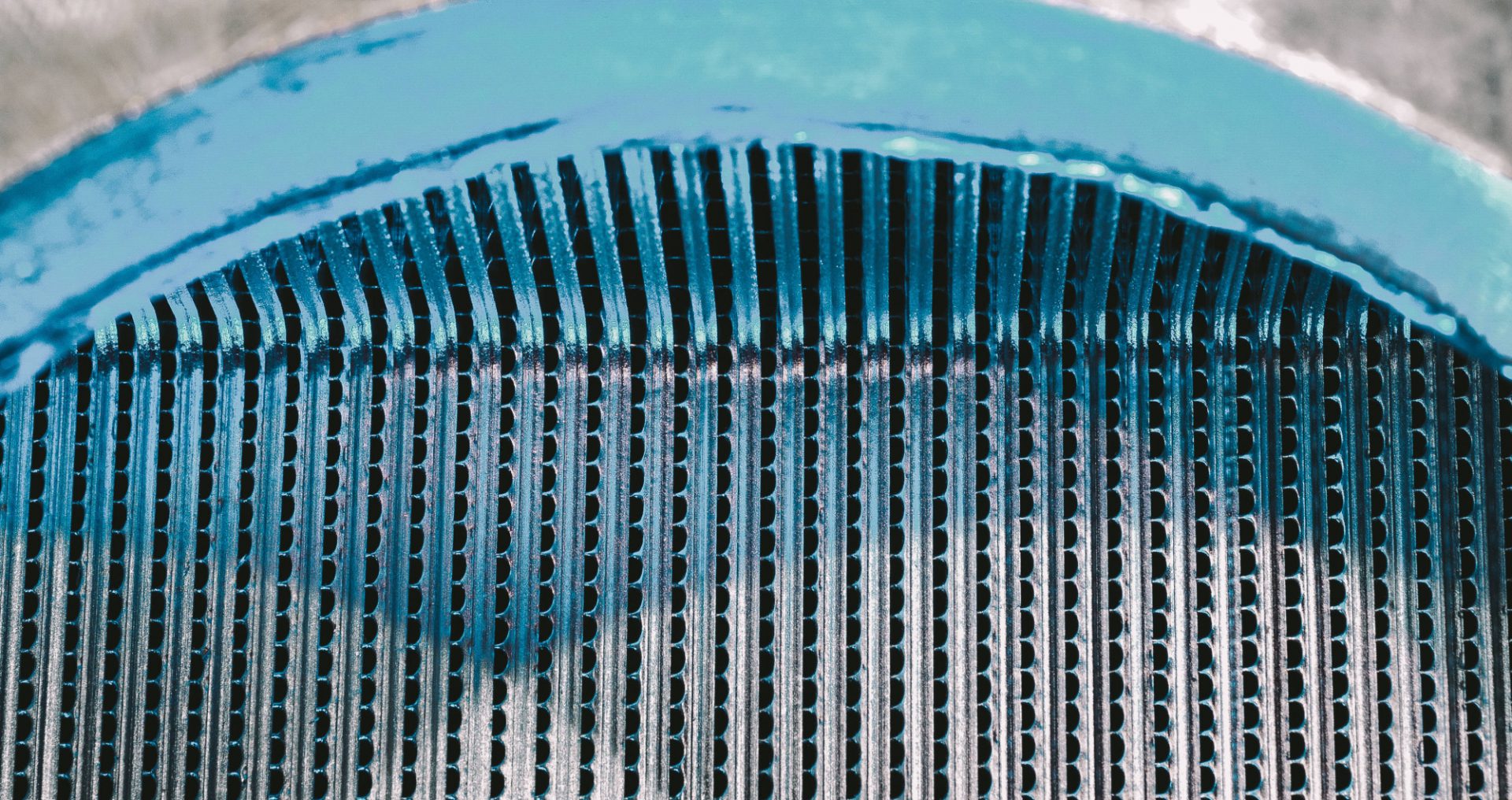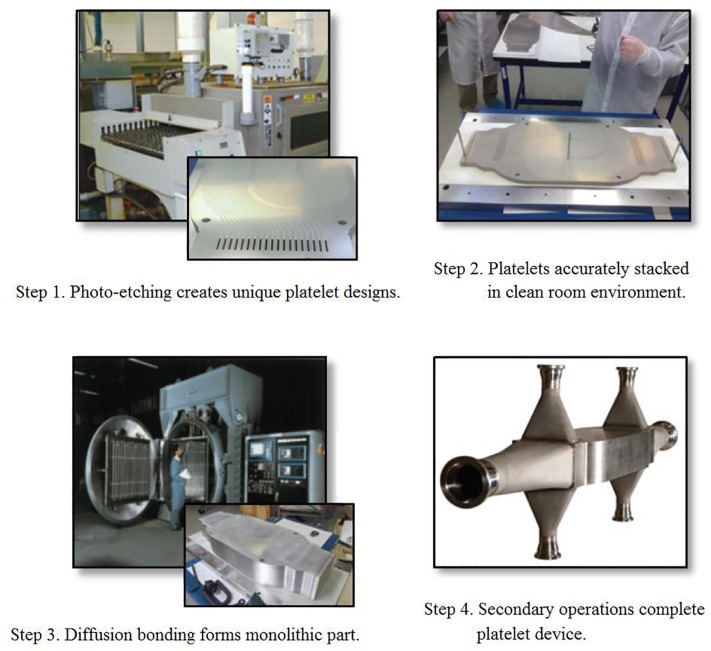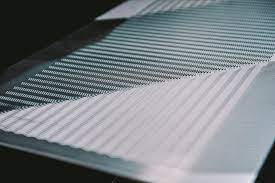Highly robust PCHE is a promising technology for Nuclear Reactors and Helium Brayton Cycles
A highly robust printed circuit heat exchanger is a modern wonder. It is a robust and promising technology that ultimately proves to be beneficial for multiple processes. It includes Nuclear Reactors and Brayton Cycle processes. The efficiency of the technology is possible because of being robustness and effectiveness. It comprises a highly compact construction process. The compactness brings a high heat transfer coefficient, high-pressure resistance and can withstand a wide range of temperature ranges. For this reason, hence, the article thereby provides in-depth, comprehensive knowledge about the design guide of PCHE and its benefits. However, at first, we must understand the fundamental principles regarding material selection, manufacturing, and assembling. For information visit here

What is PCHE (Printed Circuit Heat Exchanger)?
The PCHE, a highly robust printed circuit heat exchanger, is a special technology that is manufactured using a special diffusion bonding process. The bonding process however is a solid-state joining technology. Therefore, the PCHE is a process that creates and acts as a heat exchanger using no such joints, welding, and without any failure. The unit ultimately is so stronger that it creates exceptional strength and integrity in terms of heat exchanging performance.
The process of PCHE thereby carries a micro-channel technology. The more and more advanced industries like STOLLPCHE and others across the globe are eventually able to manufacture the technology with around 85% much lighter and smaller than traditional ones. The traditional methods include shell and Tube Heat Exchangers. The reduced size ultimately reduces construction cost because of the elimination of excessive use of pipes, frames, and other related equipment.
The technology is very well reputed across the globe for petrochemicals, Upstream hydrocarbon processing, and other refining industries from the last few decades. The most prominent customers for this technology are Petrobras, Shell, BP, and ExxonMobil. They are using this technology for their number of applications across the planet.
Design Guide of Highly Robust Printed Circuit Heat Exchanger
The process of designing and manufacturing of highly robust printed circuit heat exchanger starts with thin metal sheets. These sheets eventually are etched with a pattern that is thereby specific for particular purposes. After this these metal plates get a joint assembly by using a diffusion bond process. After the assembling is finished, there appears a strong and compact metal structure that carries several complex internal paths and passages. These passages consequently help in controlling the flow, manifolding the fluid, and other such metering features.
Steps for Designing Highly Robust Printed Circuit Heat Exchanger
The process of designing of highly robust printed circuit heat exchanger carries four steps.
Photo-Etching
The first and foremost step in the process is the photo-etching method for the creating of unique patterns on platelets. These designs are effective enough to help in the smooth flow of material.
Cleaning
The next step involves the stacking of these platelets in a clean and tidy environment. This step involves the maintenance of specific heat and pressure in a controlled environment. This step appears to help eliminate the surface impurities and also beneficial for grain growth between components.
Diffusion Bonding
The third step involves the diffusion bonding step. It helps in the formation of a monolithic part. The bonding diffusion between the metal plates ensures the integrity of flow and robust bond between all the platelets throughout the stack.
Assembling
Last but not least is the step that involves assembling the inlet or outlet distribution flow headers with the frame. This step thereby is very much crucial in the sense that it involves the careful monitoring of thermal gradients and residual stress factors. It is because, with a carless assembling practice, there are chances of separation between header and diffusion joints.

Efficiency Of Highly Robust Printed Circuit Heat Exchanger
The efficiency of the highly robust printed circuit heat exchanger is one thing that is robust and sustainable. This consequently is the result of more than 20 years of research and development. For this reason, hence, we are no able to manage the manufacturing of 85% fewer small and lighter PCHE models. These models are way reliable and efficient than the traditional ones. The other competing systems such as Shell-and-Tube and Shell-and-Coil systems are less efficient. It eventually led use towards low cost in terms of manufacturing, processing, and well as installation. Moreover, every single unit is a customizable design that can carry the ability to mold according to the need. The features enhancing the efficiency of the process are:
- Stainless Steel technology enables the construction of PCHE as a robust and sustainable product. The quality of the material is strong enough to ensure reliability during any customizable process.
- The design is a highly robust printed circuit heat exchanger that can withstand the pressure up to 1250 bars and the temperature ranges from -196°C to 800°C.
- The technology is also capable to help you in allowing an approach of 1°C temperature within the process.
- The technology thereby is also free of any hassles as mechanical effects. These mechanical effects include fluid pressure pulsation and vibration due to the fluid flow.
Benefits
As we have discussed, diffusion bonding in a highly robust printed circuit heat exchanger allows no seam, leakage, gasket, point of any weakness, or failures. This thereby makes it beneficial in terms of operation as well as construction. The benefits are:
- The compact shape and form of the PCHE bring about additional savings in terms of structural, spatial, and operating costs.
- As the technology contains a unique flow-plate feature, there is a chance of wide Operating performance and parameters in terms of high efficiency and effectiveness.
- Reduced flow in fluid promises further reduction of cost and enables operational savings.
- The technology nowadays also carries an option to bring along multi-processing simultaneously in a single unit. This eventually helps in saving operational costs and capital.
- The presence of high integrity ensures the enhanced safety and security during the operations.
For more information about the PCHE and its benefits and how the technology enables the clients in achieving the high goals, contact us here.





